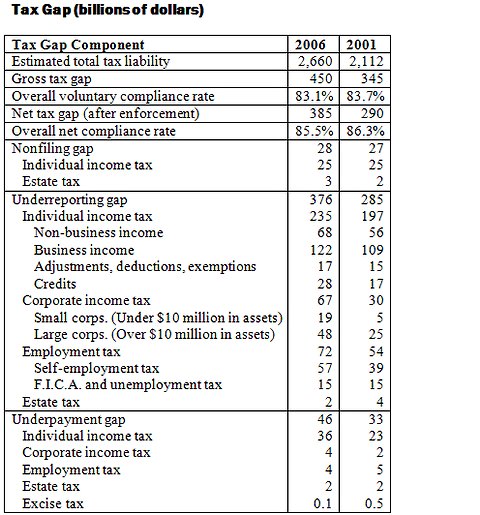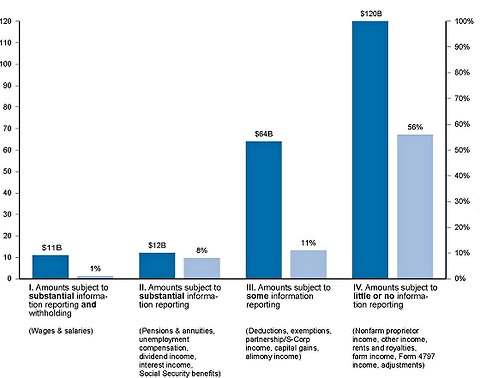The Financial Times said that you’re the perfect dean for N.Y.U.’s Stern School of Business because M.B.A. students are “clamoring” for coursework to help in “reducing world poverty.” I thought people got M.B.A.’s to make themselves boatloads of money.
You can actually make a lot of money and do a lot of good in the world. I don’t see those things as being in opposition to one another. I never have.
Then can you name a Stern graduate who is making a ton of money and also saving the world?
With 90,000 alums, I won’t point to any one person. I love all my children equally.
Has the financial crisis made Wall Street less attractive for students?
Finance is not going anywhere. Emerging markets are driving global growth, and 3.5 billion people are moving to cities. That’s $20 trillion of infrastructure to lay down. It’s either a big problem or an opportunity.
Your family left Jamaica for Chicago when you were 8. Have you held on to any traditions?
Saturday afternoons in Jamaica are soup day. If you came to our house then, you’d smell pumpkin soup and patties from a place like Golden Krust in the oven as well.
What surprised you as an 8-year-old immigrant?
In Jamaica, you’re never very far away from people who don’t have very much, and in Wilmette, pretty much everybody had a lot.
You write that more than half the world economy is coming from emerging markets. What should this country be doing to assist their growth?
Giving emerging markets a say in the I.M.F. and the World Bank that’s commensurate with their contributions to the global economy would help reduce what I call the trust deficit, which, in some ways, is more important than the fiscal deficit.
You became well known in the economics world after you published a paper, in 2009, that disputed the findings of M.I.T.’s Daron Acemoglu, a much more prominent economist. He argued that former British colonies have been much more economically successful than their former French or Spanish counterparts. Did you intend to make a name for yourself by taking on the biggest kid in the schoolyard?
I’m never a person to pick a fight for the sake of picking a fight. And Daron and I are friends. But his hypothesis didn’t ring true to me. If it’s really true that the key to life is being colonized by the British, then how do Jamaica and Barbados, which started off life almost as twins, end up in such different places?
It was considered a big fight in the academic world. Was there ever an ugly showdown?
You know, having been colonized by the British, I wouldn’t find that a very civilized way to go about doing things. There’s an advantage to having a grandmother who was an Anglican schoolteacher.
You played football at the University of North Carolina, and then you were awarded a Rhodes scholarship. Are there people you’ve encountered who loathe you for being perfect?
I think my wife would take objection to any characterization of me as perfect.
At U.N.C., you were also a finalist in its slam-dunk contest. I imagine you’re the only M.I.T. economist who can dunk a basketball.
It’s probably indicative that I was destined for an academic career that I’m 6-5 and I lost the slam-dunk championship to somebody 5-8. I was a lot better at math.
INTERVIEW HAS BEEN CONDENSED AND EDITED.
Article source: http://www.nytimes.com/2013/02/24/magazine/you-can-actually-make-a-lot-of-money-and-do-a-lot-of-good-in-the-world.html?partner=rss&emc=rss


